
Nothing gets kids more excited for science than hands-on experiments! Watch your 4th grade science students’ eyes light up when they try some of these activities. You’ll find physics, biology, engineering, chemistry, and more. These projects are easy to set up and really help drive the learning home. Get ready for some science fun!
To help you find the right 4th grade science projects and activities, we’ve rated them all based on difficulty and materials:
Difficulty:
- Easy: Low or no-prep experiments you can do pretty much any time
- Medium: These take a little more setup or a longer time to complete
- Advanced: Experiments like these take a fairly big commitment of time or effort
Materials:
- Basic: Simple items you probably already have around the house
- Medium: Items that you might not already have but are easy to get your hands on
- Advanced: These require specialized or more expensive supplies to complete
Jump to:
Plus, fill out the form on this page to grab your free printable bundle of science fair award certificates to honor your students’ efforts! There are more than 40 award categories included plus a customizable blank certificate for you to create your own awards.
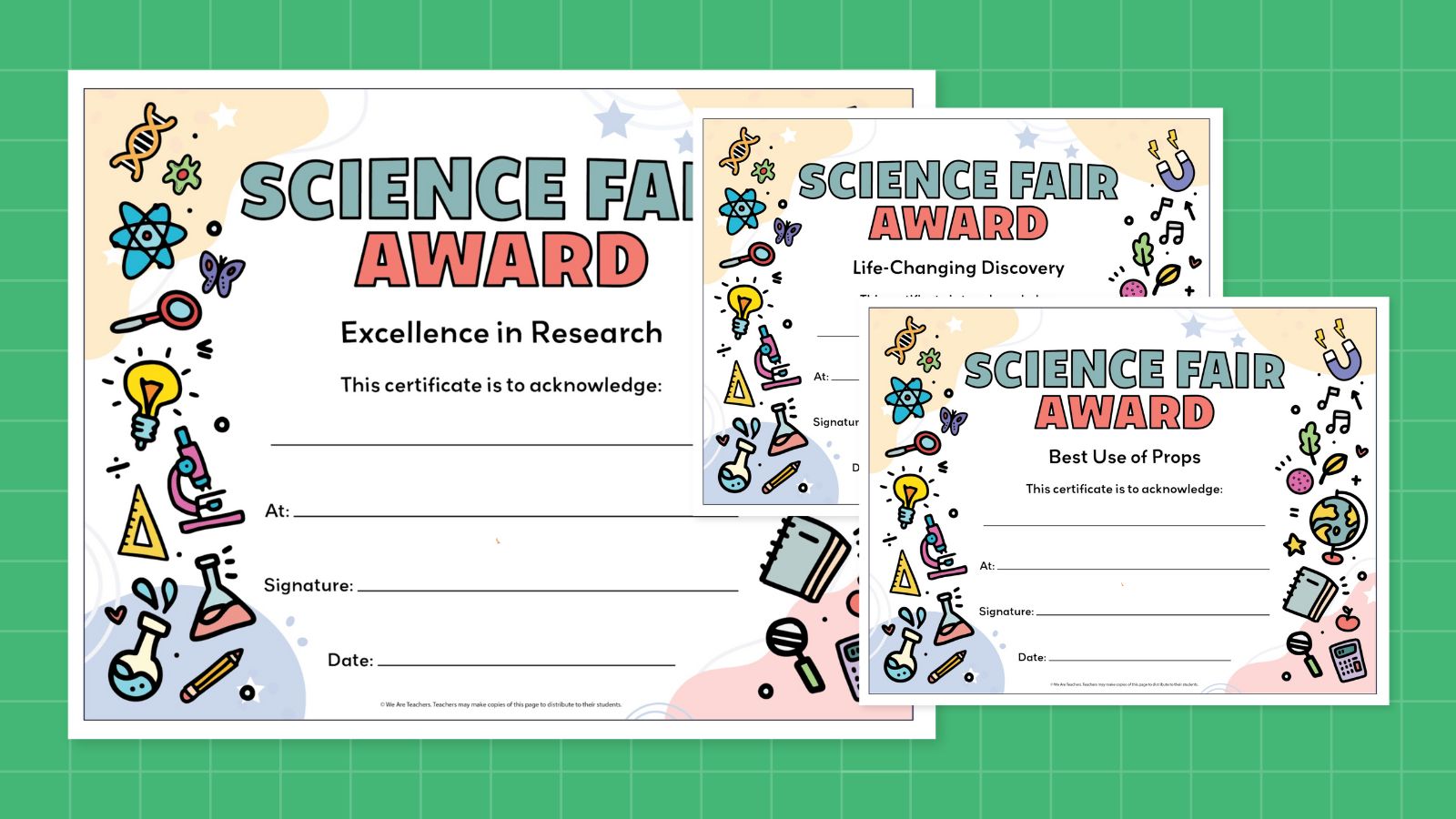
4th Grade Science Fair Projects
These 4th grade science experiments also work well as science fair projects. Try changing up the variables to turn it into a real experiment, then form a hypothesis and find out what happens.
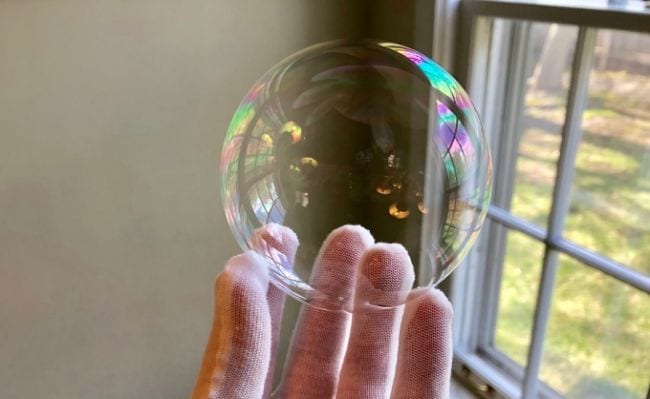
1. Blow unpoppable bubbles
Difficulty: Easy / Materials: Medium
A soap bubble you can hold in your hand? It’s true! A little glycerin makes the soap bubble layers stronger, so you can even toss them gently from person to person.
Learn more: Unpoppable Bubbles Experiment
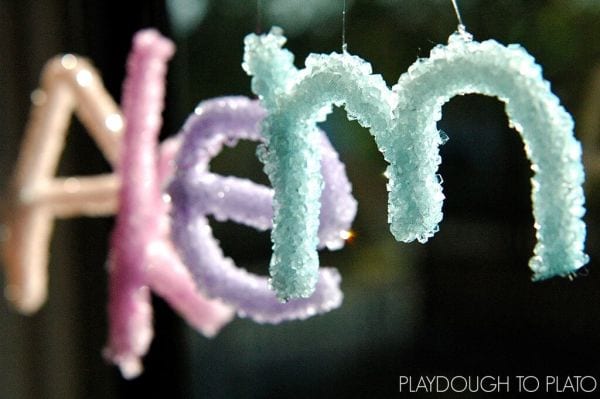
2. Grow crystal names
Difficulty: Easy / Materials: Medium
No list of 4th grade science projects would be complete without crystals! Kids of all ages love growing crystals, making this an ideal way to learn about supersaturated solutions. The classic experiment gets a new twist when you have kids shape pipe cleaners into their own names first.
Learn more: Crystal Letters
3. Grow bacteria in petri dishes
Difficulty: Medium / Materials: Medium
Your students will truly feel like scientists when they perform this classic experiment. They’ll prep the dishes with agar, swab different surfaces, and see what bacteria they grow. It’s gross science, but it’s also easy and impressive.
4. See coastal erosion in action
Difficulty: Easy / Materials: Medium
Here’s a cool experiment to include in your unit on oceans. Build a miniature coastline, then see how wave action erodes the shore.
Learn more: Erosion Experiment
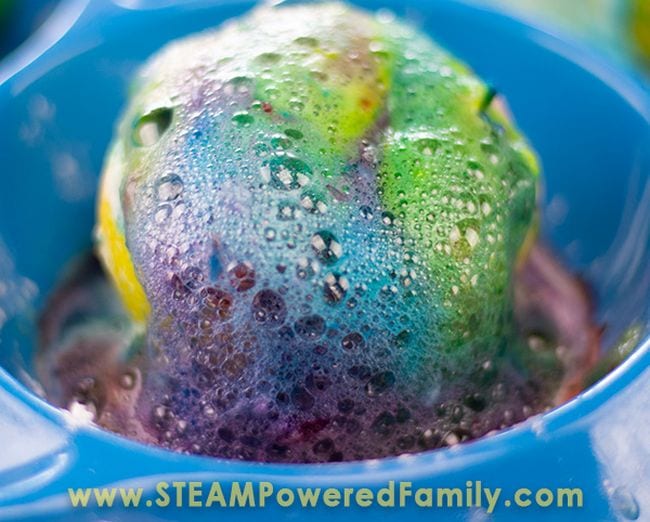
5. Erupt a lemon volcano
Difficulty: Easy / Materials: Basic
Early chemistry experiments with acids and bases are always a lot of fun. This one uses the natural acids of lemon juice and adds a little food coloring to up the wow factor.
Learn more: Lemon Volcano
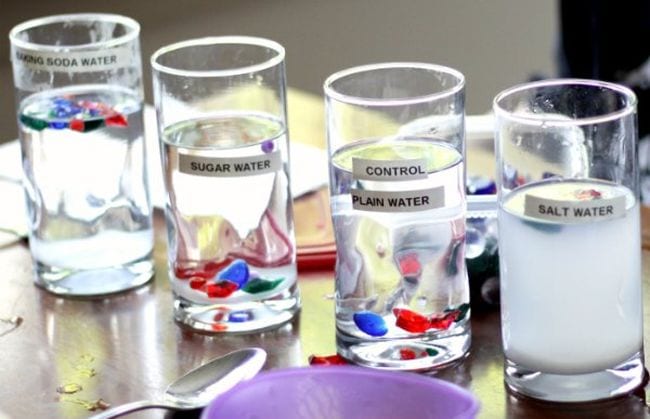
6. Sink and float to explore density
Difficulty: Easy / Materials: Basic
Adding items like salt or sugar to water changes its density, as does the temperature itself. Turn this into a 4th grade science fair project by experimenting with different solutions and forming hypotheses about the results.
Learn more: Saltwater Density
7. Discover a density rainbow
Difficulty: Medium / Materials: Basic
Colorful, simple, and impressive: It’s the trifecta of 4th grade science experiments! Wow your students by layering colored sugar water as you learn about density, adhesion, and cohesion.
8. Transform milk into plastic
Difficulty: Medium / Materials: Basic
Plastic seems incredibly modern, but people have been making casein plastic from milk for centuries. In this 4th grade science project, students experiment to create the formula for the best milk plastic. They’ll be amazed at the results!
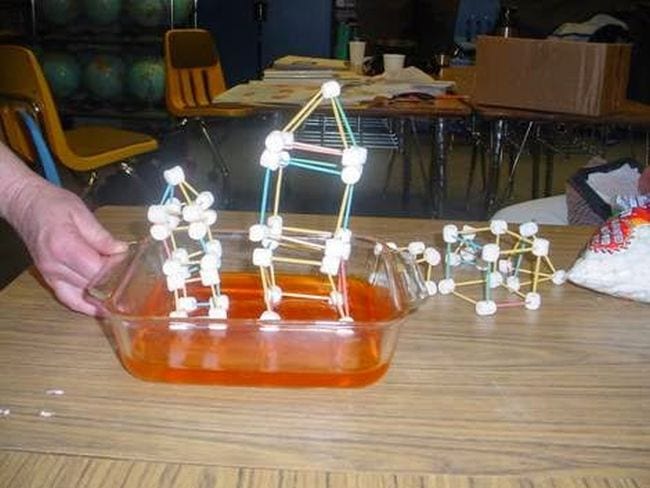
9. Simulate an earthquake
Difficulty: Medium / Materials: Basic
The ground under our feet may feel solid, but an earthquake changes that pretty quickly. Use Jell-O to simulate the Earth’s crust, then see if you can build an earthquake-proof structure for a practical and fascinating 4th grade science fair project.
Learn more: Earthquake Simulation
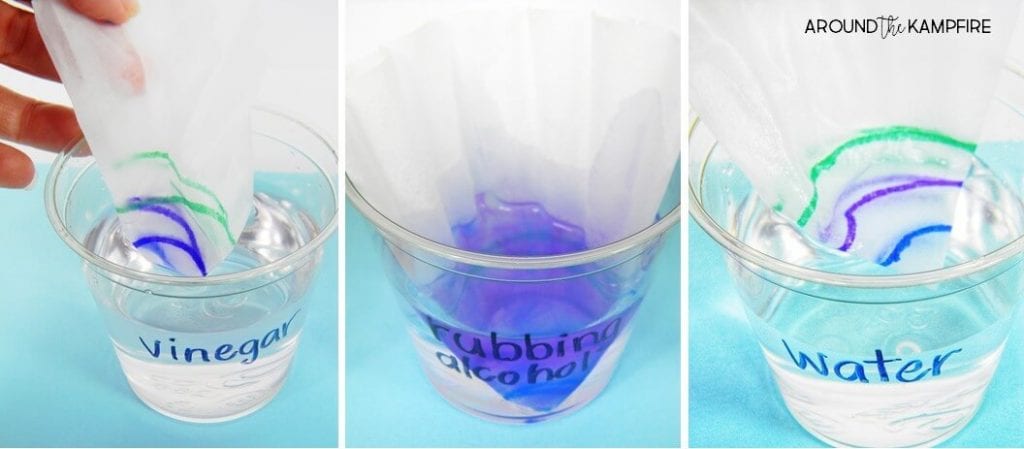
10. Test Sharpie solubility
Difficulty: Easy / Materials: Medium
Find out if Sharpie markers are really permanent with this 4th grade science project that uses the scientific method to explore solutes and solvents.
Learn more: Sharpie Solubility
11. Find out if mood rings really work
Difficulty: Easy / Materials: Medium
Watch this video with your students first. Then, apply the rigors of the scientific method to mood rings! Find out what makes mood rings change color, then see if they really reflect a person’s mood.
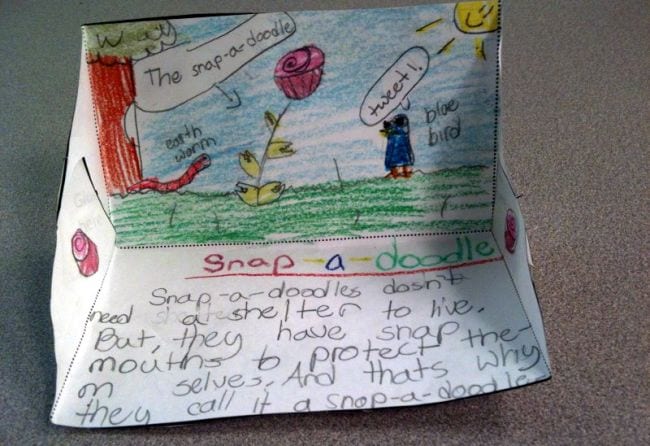
12. Create a new plant or animal
Difficulty: Easy / Materials: Basic
Kids will really get into this project, indulging their creativity as they invent a plant or animal that’s never been seen before. They’ll need to be able to explain the biology behind it all, though, making this an in-depth project you can tailor to any class.
Learn more: Create an Animal & Create a Plant
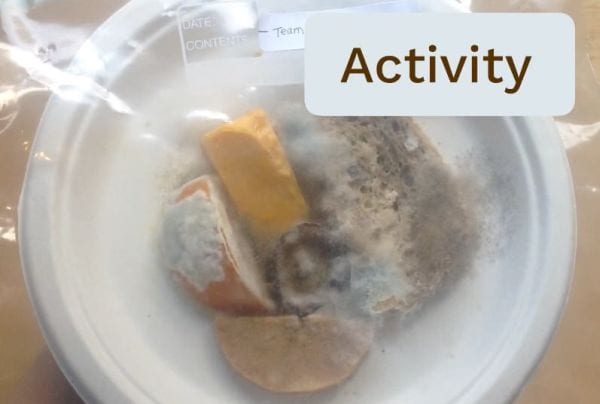
13. Investigate decomposition
Difficulty: Easy / Materials: Basic
Yup, it’s gross … so kids will love it! Seal food items in a plastic bag and experiment to see what factors affect their decomposition, helped along by a heaping dose of mold.
Learn more: Decomposition
14. Assemble a lung model
Difficulty: Medium / Materials: Medium
With just a few supplies including balloons and a plastic bottle, you can make an impressive working model of human lungs. This makes a very cool 4th grade science fair project.
15. Explore the causes of tooth decay
Difficulty: Easy / Materials: Medium
They hear it from their parents all the time, but this experiment will prove to your students once and for all what can happen to their teeth when exposed to different drinks such as soda and milk. This is one of those classic 4th grade science fair projects every kid should try.
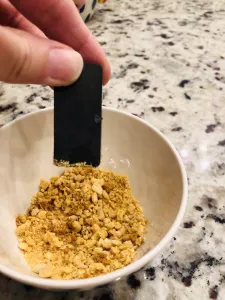
17. Determine the iron content of cereal
Difficulty: Easy / Materials: Basic
This is such a simple (and fun) 4th grade science fair project. Select three different cereals, put them in three separate bowls, and then crush them into a dust. Then use a large magnet to determine if any of the cereals are magnetic. The most magnetic contains the most iron! Be sure to hypothesize which one has the most iron before starting so you can test it.
Learn more: Iron in Cereal Science Fair Project
18. Test out artificial fruit ripening
Difficulty: Easy / Materials: Medium
This 4th grade science fair project is easy enough to reproduce and the results may surprise you. Try out different methods of ripening fruit and hypothesize which will cause the quickest ripening.
19. Compare a DIY thermos with a store-bought one
Difficulty: Medium / Materials: Medium
Make a homemade thermos using a glass bottle, a plastic water bottle, aluminum foil, and tape. Then test out how it compares to a stainless-steel thermos at keeping water hot over several hours. Record your observations about the conditions of the bottle and the temperature of the water.
20. Test drying times for oil paints
Difficulty: Medium / Materials: Medium
This video isn’t specific to a science fair project, but it does briefly explain why certain pigments affect drying times. Start with a number of different oil paint colors and record what ingredients have gone into the different pigments. Next, hypothesize which will dry quickest to slowest and why. Finally, test your theory!
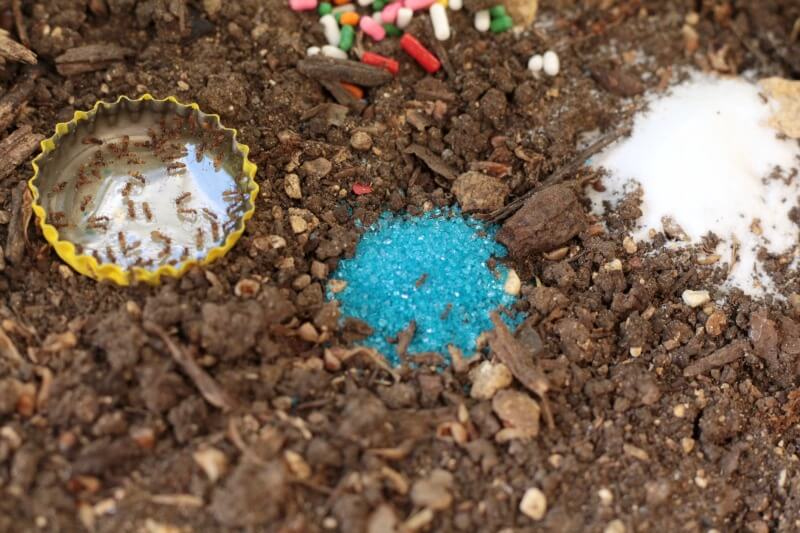
21. Discover ants’ dining preferences
Difficulty: Medium / Materials: Medium
This is such a fun science fair project, but be forewarned if you’re squeamish around bugs! Gather different forms of sugars and sweeteners and then lay them out near an ant pile. Record what you think will happen and then check back in and see how it compares to what actually happened!
22. Test music on plant growth
Difficulty: Medium / Materials: Medium
This 4th grade science fair project is a fun twist on growing plants under varying conditions. Be sure to be consistent with how loud and how often you play the music for one of the groups. You’ll also want to take photos each day and have someone who’s tech savvy create a time-lapse video.
23. Solar oven science project
Difficulty: Medium / Materials: Medium
A solar oven, also known as a solar cooker, utilizes the energy from sunlight to cook food. It works on the principle of converting solar radiation into heat energy. So how does it operate? Solar ovens are typically designed with reflective surfaces, such as mirrors or aluminum foil, which help to concentrate sunlight onto a central cooking area. These surfaces trap and focus sunlight, increasing the intensity of heat and cooking the items inside.
Try it: Solar Oven Science Project (Guide + Printable Reflection Sheet)
4th Grade STEM Challenge Science Projects
For students who love to tinker, STEM challenges can spark incredible 4th grade science fair projects. Here are some of our favorites for this age group.
24. Catch a dinosaur
Difficulty: Easy / Materials: Basic
Divide kids into groups and provide them each with a dinosaur, some large Popsicle sticks, and a bunch of binder clips. See who can build the best cage for their dino in a predetermined amount of time.
25. Make a wind anemometer
Difficulty: Medium / Materials: Basic
This is a relatively simple 4th grade science experiment that kids can complete to test how fast the wind is blowing.
26. Create a kaleidoscope
Difficulty: Medium / Materials: Medium
Kaleidoscopes produce mesmerizing whirls of colors and shapes, but they can also teach valuable lessons. Kids will learn about reflection and refraction and maybe even a bit about geometry.
27. Create an optical illusion
Difficulty: Easy / Materials: Basic
This is a simple way to teach students about optical illusions. First, challenge them to build a triangle out of LEGO bricks, and then see if they can make something that just looks like a triangle. Be sure to take photos to demonstrate how at just the right angle, they can trick even themselves!
28. Make a harmonica
Difficulty: Medium / Materials: Basic
Turn an engineering lesson into a musical one! Create homemade harmonicas using everyday materials to learn about sound vibrations and pitch.
29. Feel the force
Difficulty: Easy / Materials: Medium
If you have fans of Star Wars in your class, they will love this STEM project. All you’ll need is an LED, coin battery, a straw, and some tape. We can’t think of a better way to teach about circuits than by creating your own mini lightsaber!
30. Engineer a drinking-straw roller coaster
Difficulty: Easy / Materials: Basic
STEM challenges are always a hit with kids. We love this one, which only requires basic supplies like drinking straws.
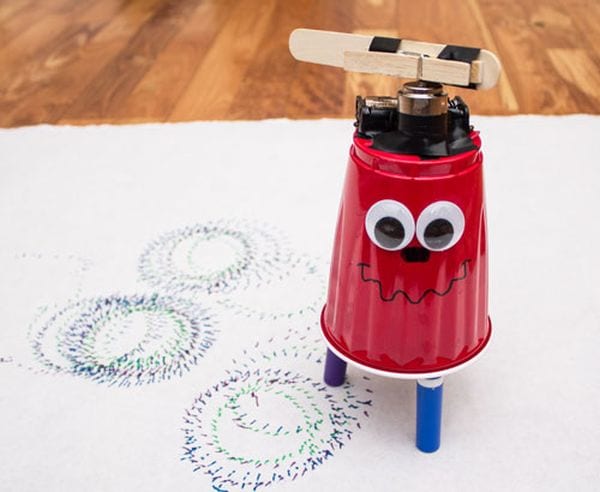
31. Make a wigglebot
Difficulty: Medium / Materials: Medium
Who knew electricity could be so adorable? Explore the science behind batteries and motors by creating a simple “wigglebot.” Experiment with weights to throw the motor off balance and create fun designs.
Learn more: Homemade Wigglebot
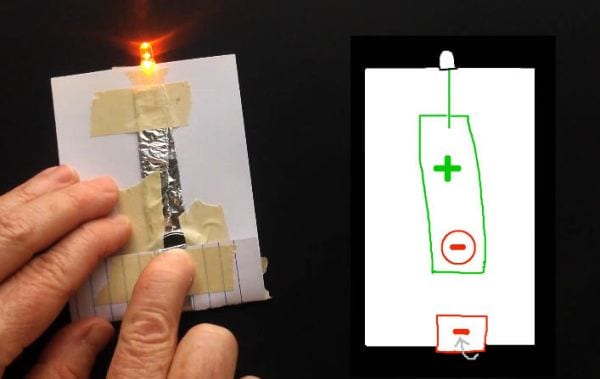
32. Construct a working flashlight
Difficulty: Easy / Materials: Medium
You’ll only need a few supplies to guide your students in building their own LED flashlights. They’ll learn how electricity travels and the way circuits work. The slideshow available through the link makes this lesson a breeze for teachers too.
Learn more: DIY Flashlight
33. Build a hovercraft
Difficulty: Easy / Materials: Medium
It’s not exactly the same model the military uses, but this simple hovercraft is a lot easier to build. An old CD and a balloon help demonstrate air pressure and friction in this fun 4th grade science experiment.
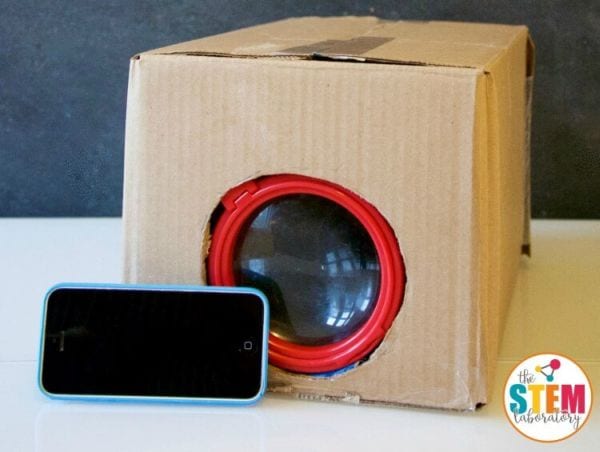
34. Create a smartphone projector
Difficulty: Medium / Materials: Medium
No projector in your classroom yet? No problem! Have your students help you construct one for your smartphone using a cardboard box and large magnifying glass. They’ll learn about convex lenses and how the brain processes images too.
Learn more: DIY Smartphone Projector
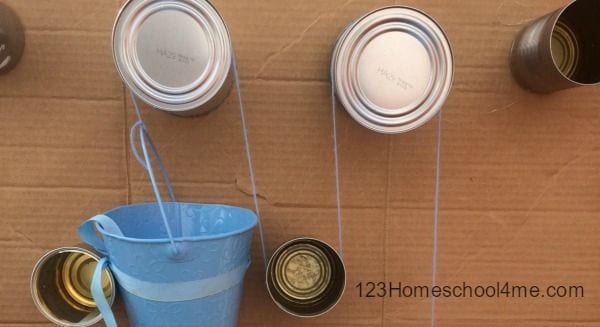
35. Set up a pulley system
Difficulty: Medium / Materials: Medium
The science of machines never fails to fascinate kids. In this experiment, they’ll design their own pulley system to make it easier to lift an object.
Learn more: DIY Pulley
36. Design a working elevator
Difficulty: Medium / Materials: Basic
Engineering activities make for amazing hands-on learning. Challenge your 4th grade students to build an elevator that can safely lift a certain amount of weight.
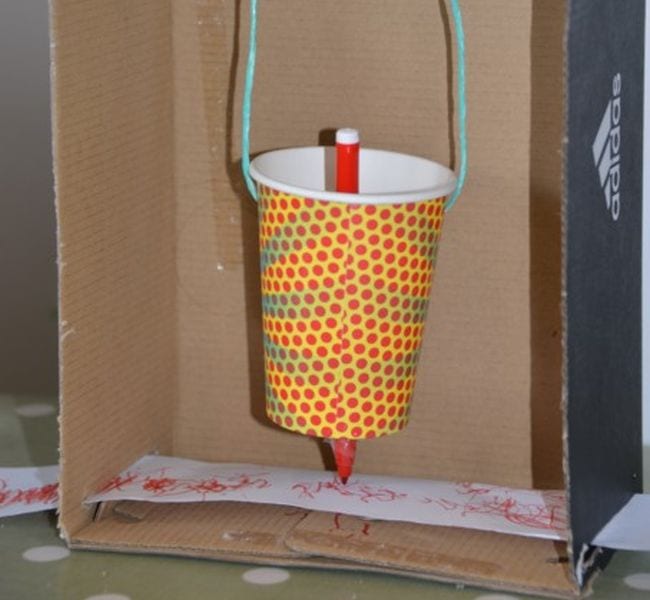
37. Make a model seismometer
Difficulty: Medium / Materials: Basic
Explore the science of seismology and learn how scientists study earthquakes and their effects. This model seismometer is easy to build and fun to experiment with.
Learn more: Model Seismometer
38. Conduct an egg drop
Difficulty: Medium / Materials: Basic
Here’s one more classic to add to our list of 4th grade science experiments: the egg drop! The great thing about this project is that kids can do it at any age, with different materials and heights to mix it up. Hit the link below to get an egg drop project designed just for 4th graders.
Learn more: Egg Drop Challenge Ideas (Guide + Printable Reflection Sheet)
39. Demonstrate Newton’s laws of motion with balloon rockets
Difficulty: Medium / Materials: Medium
Who doesn’t love balloon rockets?! Your students will have a blast(off) displaying Newton’s third law of motion while learning about physics.
41. Elephant toothpaste explosion
Difficulty: Medium / Materials: Medium
This experiment works through a chemical reaction that results from a catalyst (potassium iodide, aka yeast) being introduced into a mixture of hydrogen peroxide and dish soap. The hydrogen peroxide is decomposed into water and oxygen and the catalyst speeds up the reaction, forcing the oxygen into the soap bubbles. The resulting effect is the substance quickly pouring up and out of the container.
Try it: Elephant Toothpaste Experiment (Guide + Printable Reflection Sheet)
4th Grade Motion and Energy Science Activities
Many 4th grade science standards include units on energy and motion. These energy science activities offer cool hands-on ways to spice up your classroom lessons.
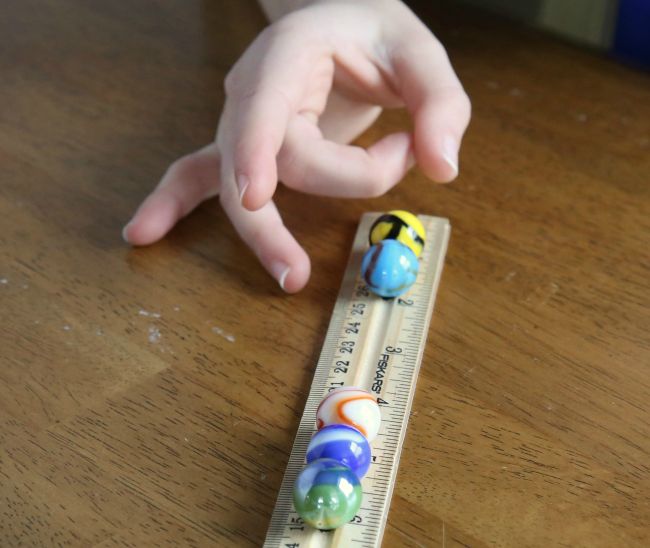
42. Flick marbles to learn the transfer of energy
Difficulty: Easy / Materials: Basic
This experiment is a bit of a thinker: What will happen when one moving marble hits several stationary marbles sitting in a row? Flick the first marble and find out!
Learn more: Marble Energy Transfer
43. See energy transfer in action with sports balls
Difficulty: Easy / Materials: Basic
Place a tennis ball on top of a basketball and bounce them together to see how energy transfers from one object to another. This one is very easy, and kids will love seeing how high they can get the balls to bounce!
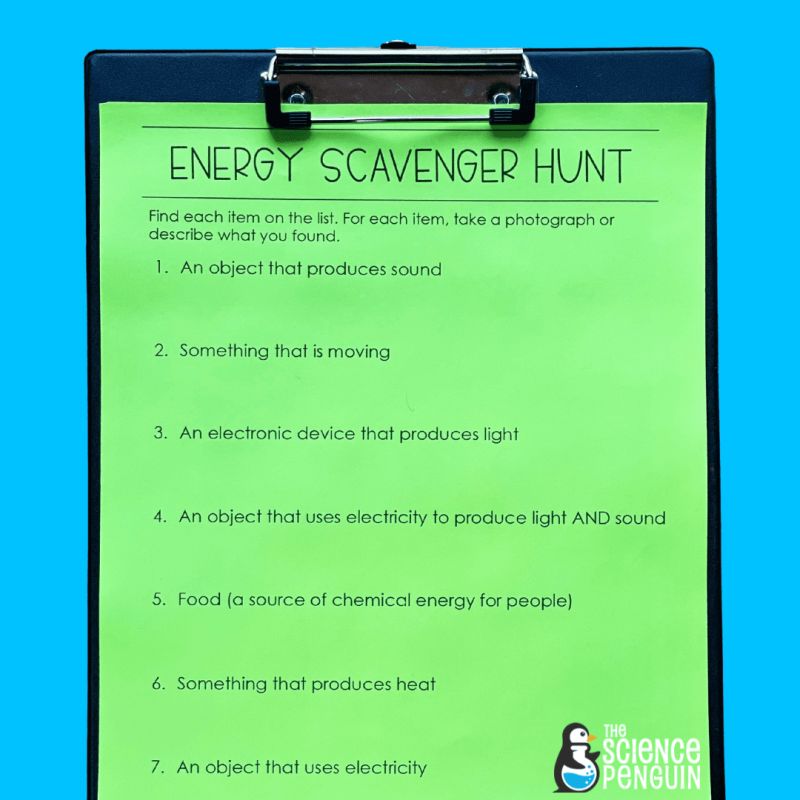
44. Go an on energy scavenger hunt
Difficulty: Easy / Materials: Basic
Emphasize the fact that energy is all around us in one form or another with this easy, free printable energy science activity. For a more advanced version, help students identify each kind of energy (kinetic, stored, heat, etc.) they find.
Learn more: Energy Scavenger Hunt
45. See a heat-powered windmill demonstrate convection
Difficulty: Medium / Materials: Basic
Heat rises, and its interaction with cooler air creates convection currents. Find out how we can put convection to work for us with this 4th grade science craft project.
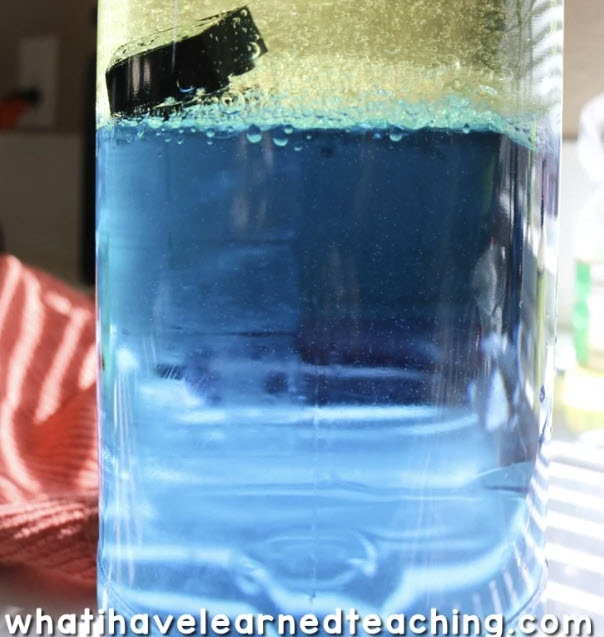
46. Capture waves in a bottle
Difficulty: Easy / Materials: Basic
Here’s a quick and easy way to show wave action in a no-mess way. You don’t need to add a little ship to the bottle, but it does make it more fun!
Learn more: Waves in a Bottle
47. Assemble a wave machine
Difficulty: Medium / Materials: Medium
Turn this one into a class cooperative activity, or try it as a science fair project idea. Either way, it’s an incredibly fascinating way to demonstrate the energy science of waves.
48. Use a Slinky to demonstrate types of waves
Difficulty: Easy / Materials: Medium
A Slinky is more than just a toy—it’s also a terrific science manipulative! Use it to see waves in motion, both longitudinal and transverse.
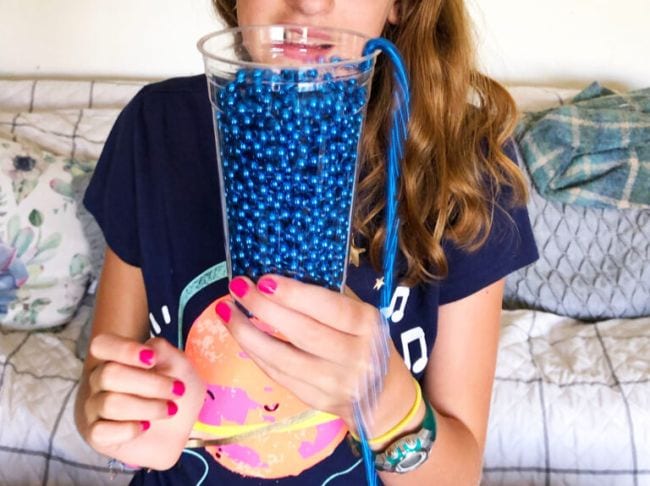
49. Watch gravity beads prove Newton’s laws
Difficulty: Easy / Materials: Medium
You’ll need a loooooooong string of beads for this experiment. Make your own by taping dollar-store strings together, or buy a long bead garland. Pile them in a cup and get the beads going; it’s fascinating to watch inertia and gravity at work.
Learn more: Gravity Beads Experiment
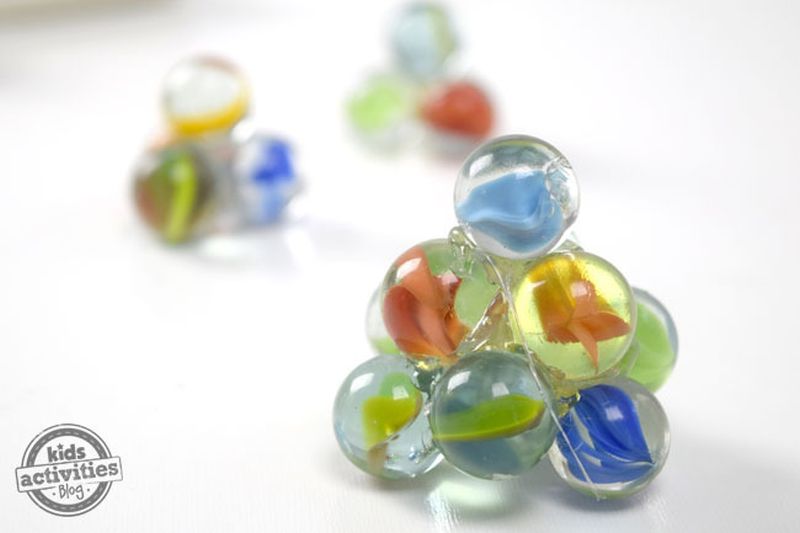
50. Spin marble tops to learn about inertia
Difficulty: Easy / Materials: Medium
Glue together marbles in a variety of pyramidal patterns to form tops, then form hypotheses about which will spin best. Afterwards, kids will have fun new toys to play with!
Learn more: Marble Tops
51. Visualize the second law of motion with soda cans
Difficulty: Easy / Materials: Medium
Newton’s second law, concerning acceleration, force, and mass, can be a little hard to understand. This easy 4th grade science demo makes it easier to visualize.
52. Demonstrate a tornado
Difficulty: Easy / Materials: Basic
Create a tornado using just a few magnets and a cup of water. It’s not just cool either, as it teaches a valuable lesson on centripetal force.
53. Create a magnet-powered car
Difficulty: Medium / Materials: Medium
This project can be done at home or as part of a group in class. You’ll need to purchase some supplies including wheels, dowels, and magnets. It’s a great lesson on propulsion.
54. Experiment with a zip line
Difficulty: Medium / Materials: Medium
Provide your students with Popsicle sticks, elastics, paper clips, and more to see if they can build the fastest zip-line racer in the class. This is sure to be a hit with 4th graders!
More 4th Grade Science Projects and Activities
Use these cool science experiments to encourage a love of science, at home or in the classroom!
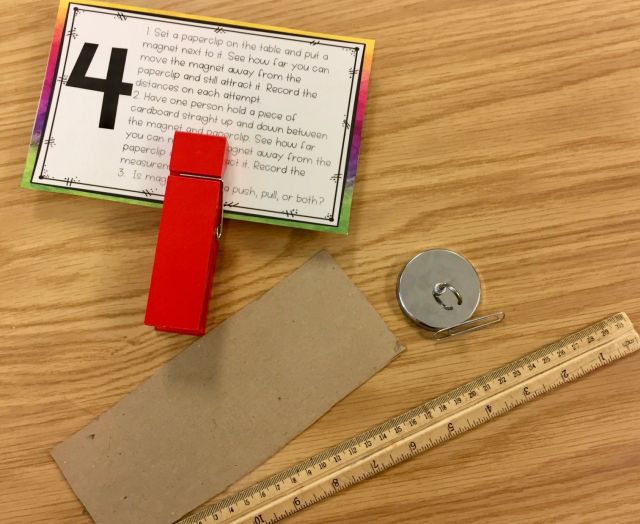
55. Measure a magnet’s attraction force
Difficulty: Easy / Materials: Basic
Fourth grade science students already know that magnets attract metal objects. In this experiment, they’ll measure to see how close a magnet needs to be to an object for the attraction to work. Mix things up with different sizes of magnets and objects of various weights.
Learn more: Magnet Measurements
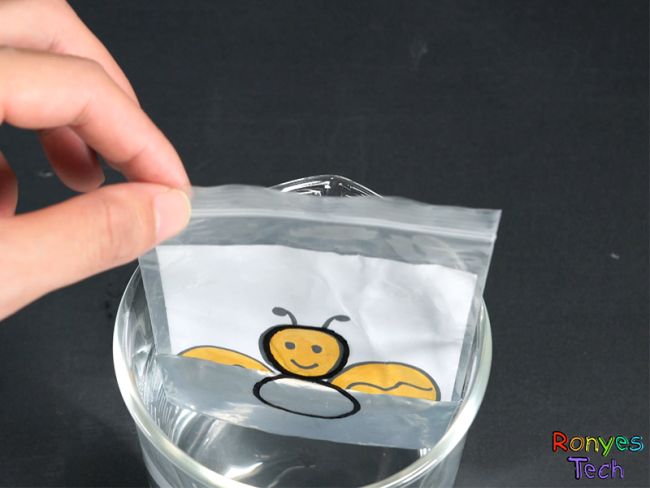
56. See light refraction in action
Difficulty: Easy / Materials: Basic
This seems more like a magic trick, but we promise it’s science! Make colors seem to appear and disappear, change numbers into letters, and more.
Learn more: Light Refraction
57. “Draw” on water with dry-erase marker
Difficulty: Easy / Materials: Basic
This is another one of those mind-blowing science demos that kids will want to try over and over again. Draw on a shallow bowl or plate with dry-erase markers, then slowly add water. The marker (which is insoluble in water) will float to the top!
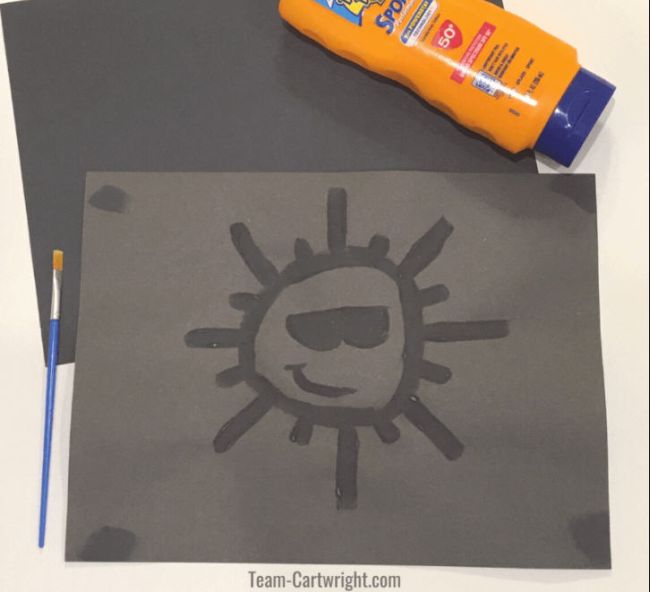
58. Paint with sunscreen
Difficulty: Easy / Materials: Basic
Prove that sunscreen really does provide protection from harmful UV rays. Turn this into a full-blown experiment by trying different SPFs or comparing it to other creams or lotions without SPF.
Learn more: Sunscreen Painting
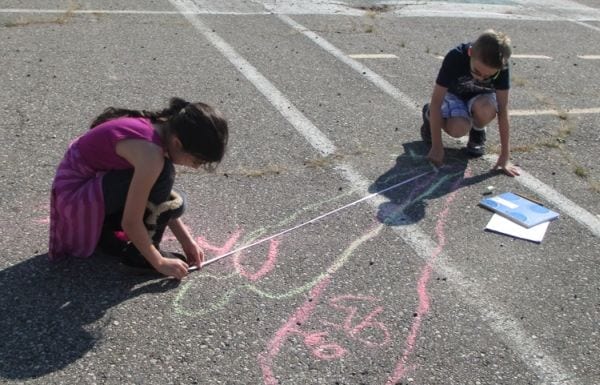
59. Become human sundials
Difficulty: Medium / Materials: Basic
Choose a sunny day and grab some sidewalk chalk—your students are about to become sundials! They’ll practice measuring skills and learn about the movement of the sun across the sky.
Learn more: Human Sundial
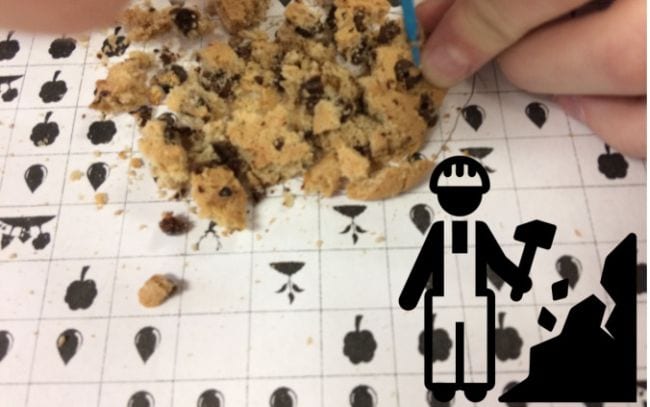
60. Mine for chocolate chips
Difficulty: Easy / Materials: Medium
If you’re learning about mineral resources, this quick hands-on activity is an interesting way to explore the effects of mining. Kids have two minutes to find as many chocolate chips as they can in a cookie. Will they smash it up and destroy it entirely? Pick them out one by one? This experiment can lead to intriguing discussions.
Learn more: Mining for Chocolate Chips
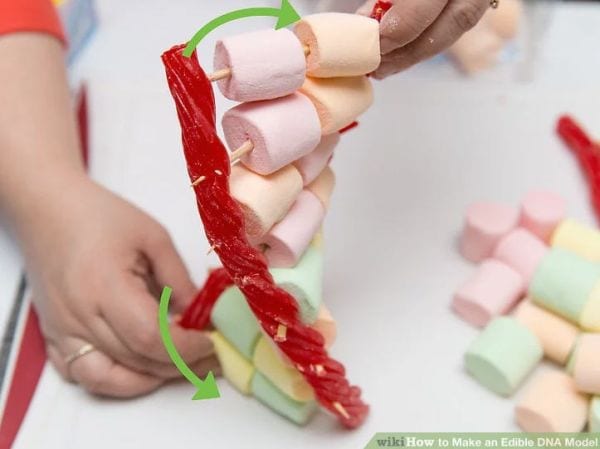
61. Assemble an edible DNA model
Difficulty: Easy / Materials: Medium
Use licorice sticks, four different-colored candies or fruits, and toothpicks to build an edible strand of DNA. Learn about chemical bonds and the helix shape, then eat your creation!
Learn more: Edible DNA Model
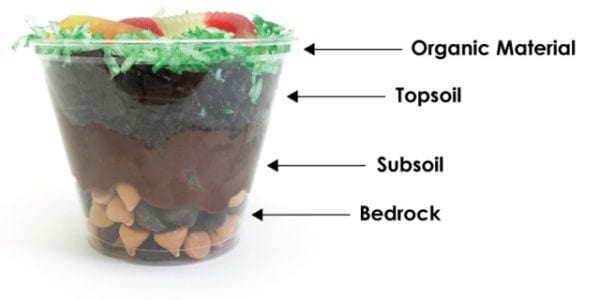
62. Layer an edible soil model
Difficulty: Easy / Materials: Medium
Digging in the dirt is fun, but it’s even more fun when you can eat the dirt when you’re finished! Create edible soil-layer models, complete with gummy worms, for a simple earth science project. (Find more edible science projects here.)
Learn more: Edible Soil Layers
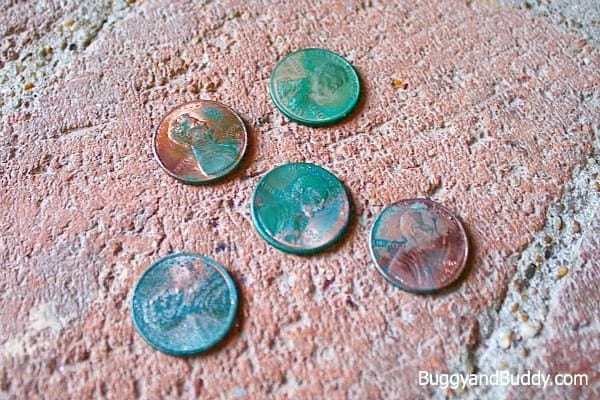
63. Turn a penny green
Difficulty: Easy / Materials: Basic
Experiment with simple chemical reactions as you turn pennies green using vinegar. (Don’t forget to tell students that the Statue of Liberty is green for this very same reason!)
Learn more: Penny Reactions
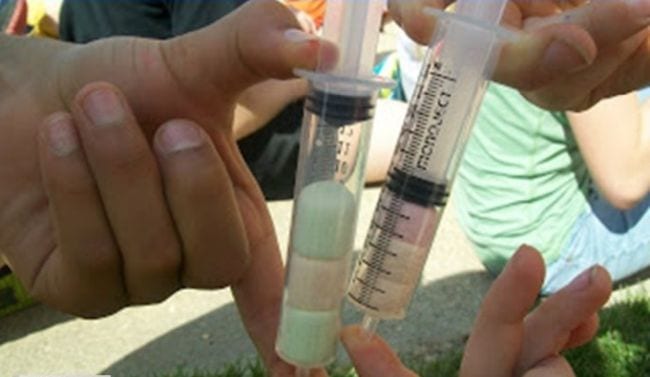
64. Use marshmallows to explore Boyle’s law
Difficulty: Easy / Materials: Medium
Seeing Boyle’s law (which relates pressure and volume of gasses) in action makes it a little easier to understand and remember. This simple 4th grade science experiment uses marshmallows to make a great visual.
Learn more: Boyle’s Law
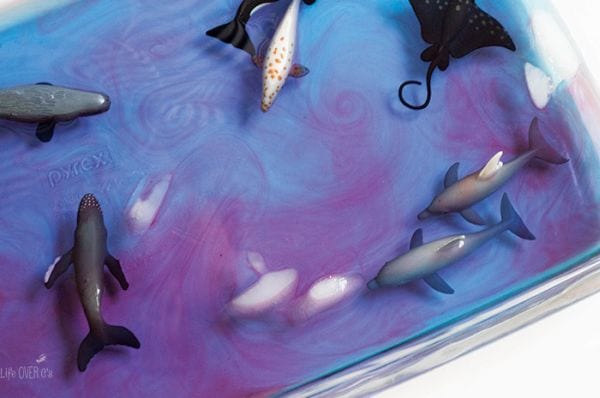
65. Form ocean currents
Difficulty: Easy / Materials: Basic
Learning about oceanography? Demonstrate how ocean currents form using warm and cold water (and a few plastic sea creatures for extra fun!).
Learn more: Ocean Currents
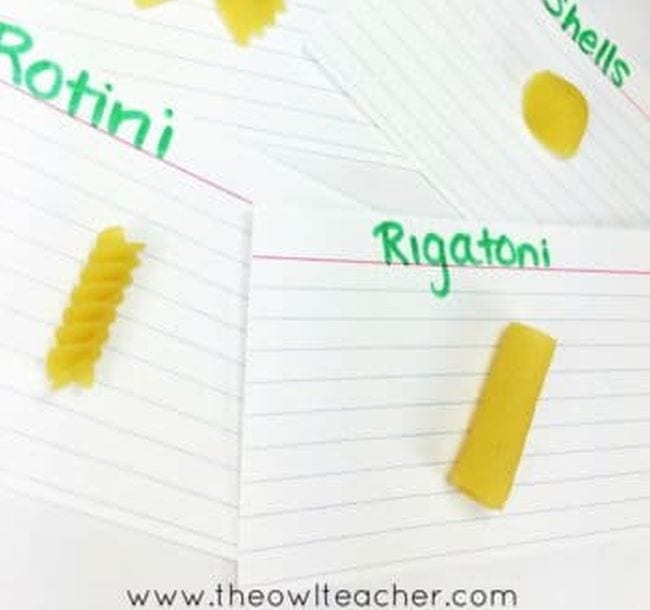
66. Understand the impact of non-renewable resources
Difficulty: Easy / Materials: Medium
This is a neat Earth Day activity. Discuss the differences between renewable and non-renewable resources, then have your class form “companies” to “mine” non-renewable resources. As they compete, they’ll see how quickly the resources are used. It’s a great tie-in to energy conservation discussions.
Learn more: Non-Renewable Resources
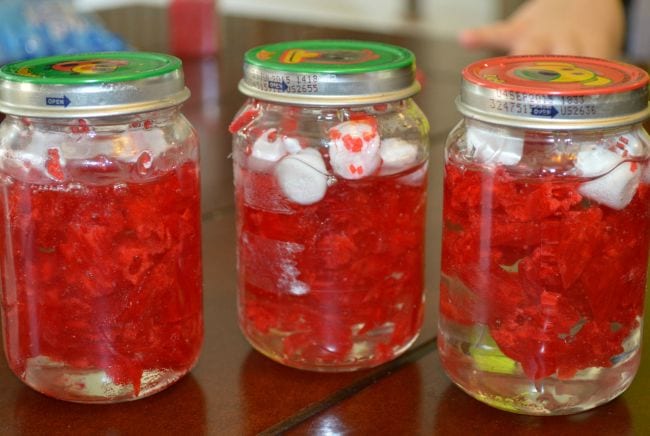
67. Explore blood components
Difficulty: Easy / Materials: Medium
Use simple kitchen supplies and candy to create a jar full of “blood” that includes plasma, platelets, red blood cells, and white blood cells. (You can even snack on the blood cells along the way!)
Learn more: Blood Model
68. Create cool colors with candy
Difficulty: Easy / Materials: Medium
Learn about diffusion in the sweetest way! Grab a bag of Skittles for this quick and easy 4th grade science project.

69. Wow them with glowing water
Difficulty: Easy / Materials: Medium
Your students will ooh and aah at the result of this exploratory way to show phosphors in action with a black light, different types of water, and a highlighter. The results of this experiment might surprise both you and your students!
Learn more: Glowing Water Experiment
70. Make a bottle rocket
Difficulty: Medium / Materials: Medium
Break the class into small groups and then have them work together to piece together the various parts of the rocket. It might be helpful to have the shapes pre-cut. This 4th grade science project is best done outside.
Learn more: Bottle Rocket Experiment (Guide + Printable Reflection Sheet)

71. Use apple slices to learn about oxidation
Have students make predictions about what will happen to apple slices when immersed in different liquids, then put those predictions to the test. Have them record their observations.
Learn more: Apple Oxidation
72. Explore density with one cup
Difficulty: Easy / Materials: Medium
This experiment is similar to others on our list about density but utilizes just one glass. Begin by pouring syrup into the bottom of a glass and then adding water and finally cooking oil. This alone will amaze your students as the liquids separate due to their density. Finally, try dropping items of different weights into the glass.
73. Make a heart model
Difficulty: Easy / Materials: Basic
This is such a simple and fun way to teach kids about the human heart. All you’ll need is a glass, a red balloon, red food coloring, water, and a straw.
74. Experiment with magnetic slime
Difficulty: Easy / Materials: Medium
Slime is obviously a favorite science experiment for kids, but the addition of iron filings really takes this up a notch. Get some magnets and let kids experiment with the magnetism.
75. Make a model river
Difficulty: Medium / Materials: Basic
This one might take some time, so it could be assigned as an at-home project. Have them complete their own river bed while completing a unit on geography and topography.
77. Turn milk into cheese
Difficulty: Easy / Materials: Basic
Turning milk into cheese using just vinegar is a brilliant way to teach young students about chemistry and chemical reactions.
78. Dissolve sugar
Difficulty: Easy / Materials: Basic
This experiment is a simple way to demonstrate solubility. The positive and negative parts of the water molecules are drawn to the positive and negative parts of the sugar molecules, thus resulting in the absorption.
Get your free printable science fair awards!
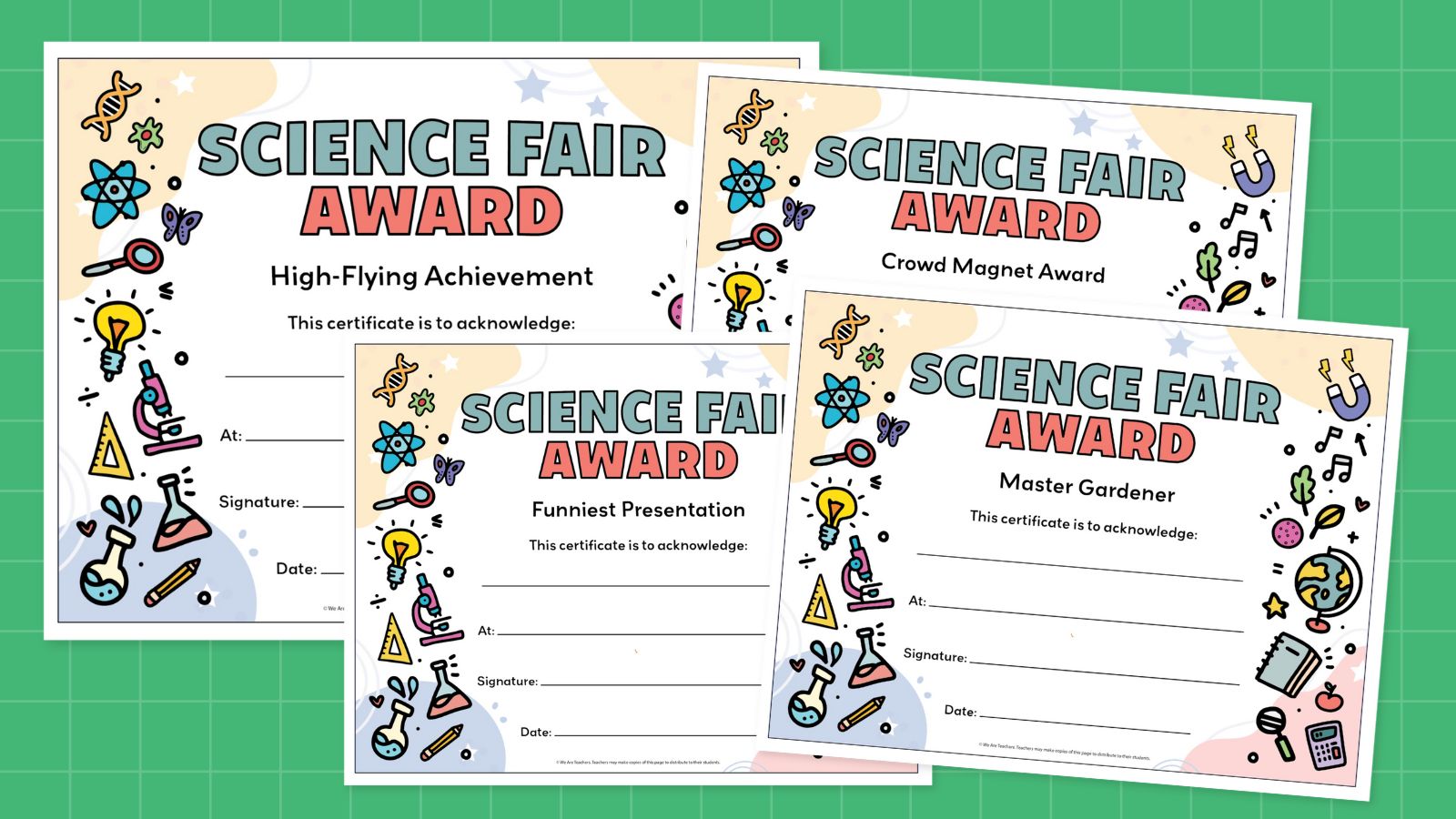
If you’re organizing a science fair, make sure to grab our free printable bundle of award certificates with more than 40 categories along with a customizable blank certificate so you can create your own awards.